Yiping Yuan
A State Transition Model for Mobile Notifications via Survival Analysis
Jul 07, 2022



Abstract:Mobile notifications have become a major communication channel for social networking services to keep users informed and engaged. As more mobile applications push notifications to users, they constantly face decisions on what to send, when and how. A lack of research and methodology commonly leads to heuristic decision making. Many notifications arrive at an inappropriate moment or introduce too many interruptions, failing to provide value to users and spurring users' complaints. In this paper we explore unique features of interactions between mobile notifications and user engagement. We propose a state transition framework to quantitatively evaluate the effectiveness of notifications. Within this framework, we develop a survival model for badging notifications assuming a log-linear structure and a Weibull distribution. Our results show that this model achieves more flexibility for applications and superior prediction accuracy than a logistic regression model. In particular, we provide an online use case on notification delivery time optimization to show how we make better decisions, drive more user engagement, and provide more value to users.
* 9 pages, 7 figures. Published in WSDM 19'
Multi-objective Optimization of Notifications Using Offline Reinforcement Learning
Jul 07, 2022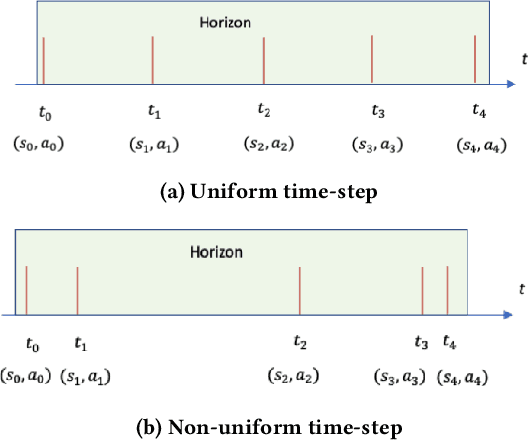


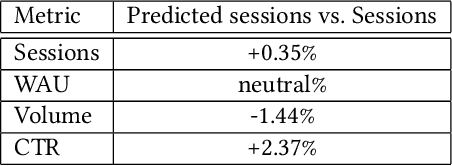
Abstract:Mobile notification systems play a major role in a variety of applications to communicate, send alerts and reminders to the users to inform them about news, events or messages. In this paper, we formulate the near-real-time notification decision problem as a Markov Decision Process where we optimize for multiple objectives in the rewards. We propose an end-to-end offline reinforcement learning framework to optimize sequential notification decisions. We address the challenge of offline learning using a Double Deep Q-network method based on Conservative Q-learning that mitigates the distributional shift problem and Q-value overestimation. We illustrate our fully-deployed system and demonstrate the performance and benefits of the proposed approach through both offline and online experiments.
Offline Reinforcement Learning for Mobile Notifications
Feb 04, 2022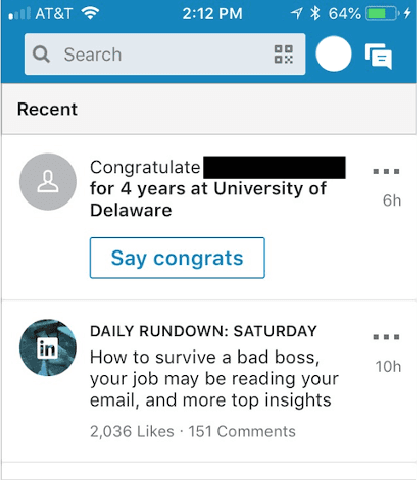
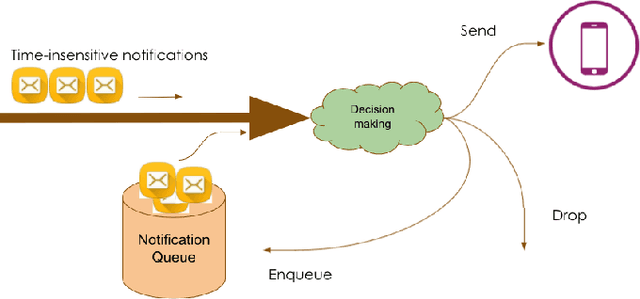
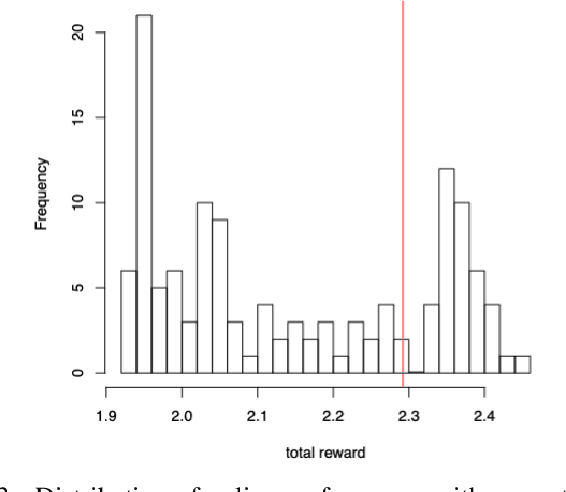
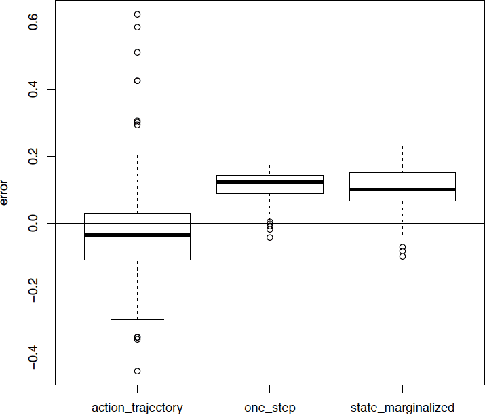
Abstract:Mobile notification systems have taken a major role in driving and maintaining user engagement for online platforms. They are interesting recommender systems to machine learning practitioners with more sequential and long-term feedback considerations. Most machine learning applications in notification systems are built around response-prediction models, trying to attribute both short-term impact and long-term impact to a notification decision. However, a user's experience depends on a sequence of notifications and attributing impact to a single notification is not always accurate, if not impossible. In this paper, we argue that reinforcement learning is a better framework for notification systems in terms of performance and iteration speed. We propose an offline reinforcement learning framework to optimize sequential notification decisions for driving user engagement. We describe a state-marginalized importance sampling policy evaluation approach, which can be used to evaluate the policy offline and tune learning hyperparameters. Through simulations that approximate the notifications ecosystem, we demonstrate the performance and benefits of the offline evaluation approach as a part of the reinforcement learning modeling approach. Finally, we collect data through online exploration in the production system, train an offline Double Deep Q-Network and launch a successful policy online. We also discuss the practical considerations and results obtained by deploying these policies for a large-scale recommendation system use-case.
Feedback Shaping: A Modeling Approach to Nurture Content Creation
Jun 21, 2021



Abstract:Social media platforms bring together content creators and content consumers through recommender systems like newsfeed. The focus of such recommender systems has thus far been primarily on modeling the content consumer preferences and optimizing for their experience. However, it is equally critical to nurture content creation by prioritizing the creators' interests, as quality content forms the seed for sustainable engagement and conversations, bringing in new consumers while retaining existing ones. In this work, we propose a modeling approach to predict how feedback from content consumers incentivizes creators. We then leverage this model to optimize the newsfeed experience for content creators by reshaping the feedback distribution, leading to a more active content ecosystem. Practically, we discuss how we balance the user experience for both consumers and creators, and how we carry out online A/B tests with strong network effects. We present a deployed use case on the LinkedIn newsfeed, where we used this approach to improve content creation significantly without compromising the consumers' experience.
 Add to Chrome
Add to Chrome Add to Firefox
Add to Firefox Add to Edge
Add to Edge